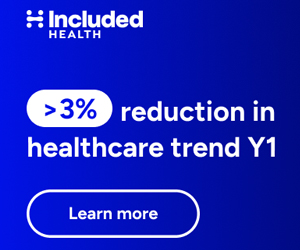 The official reason given by the Administration for delaying, by one year, the Affordable Care Act’s mandate that employers with more than 50 full-time workers provide insurance coverage or face fines, is that employers need more time to implement it. The unofficial reason has more to do with the Republicans’ incessant efforts to bulldoze the law.
The official reason given by the Administration for delaying, by one year, the Affordable Care Act’s mandate that employers with more than 50 full-time workers provide insurance coverage or face fines, is that employers need more time to implement it. The unofficial reason has more to do with the Republicans’ incessant efforts to bulldoze the law.
Soon after the GOP lost its fight against Obamacare in Congress, it began warring against the new legislation in the courts, rounding up and backstopping litigants all the way up to the Supreme Court. Meanwhile, House Republicans have refused to appropriate enough funds to implement the Act, and have held a continuing series of votes to repeal it. Republican-led states have also done what they can to undermine Obamacare, refusing to set up their own health exchanges, and turning down federal money to expand Medicaid.
The GOP’s gleeful reaction to the announced delay confirms Republicans will make repeal a campaign issue in the 2014 midterm elections, which probably contributed to the White House decision to postpone the employer mandate until after the midterms. “The fact remains that Obamacare needs to be repealed,” said Senate Republican leader Mitch McConnell, on hearing news of the delay.














